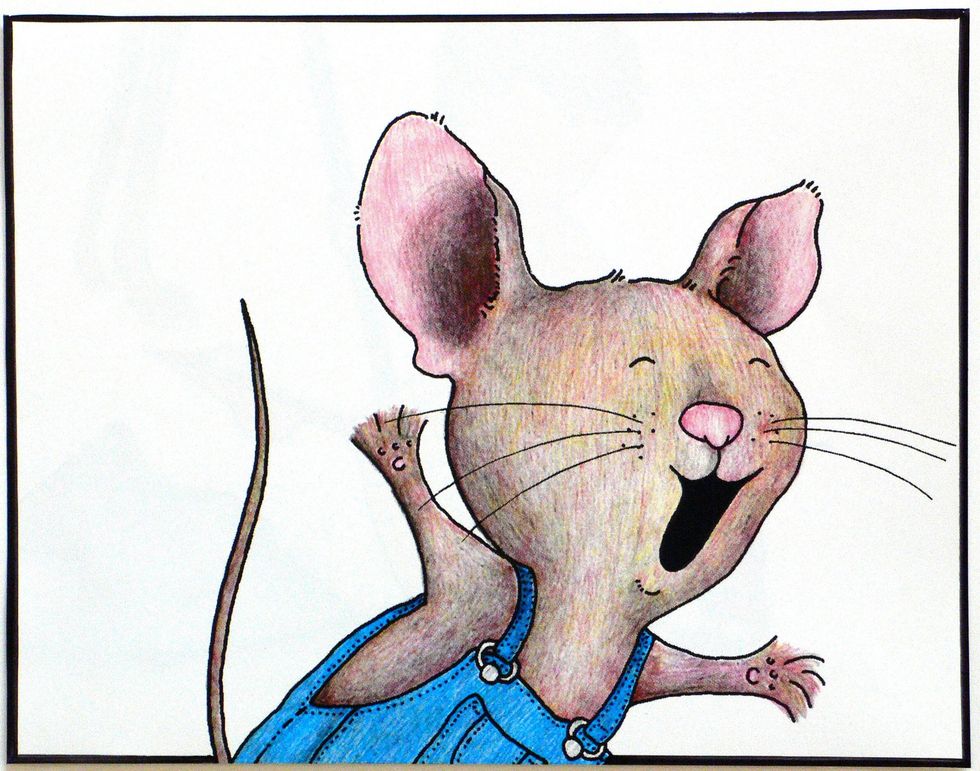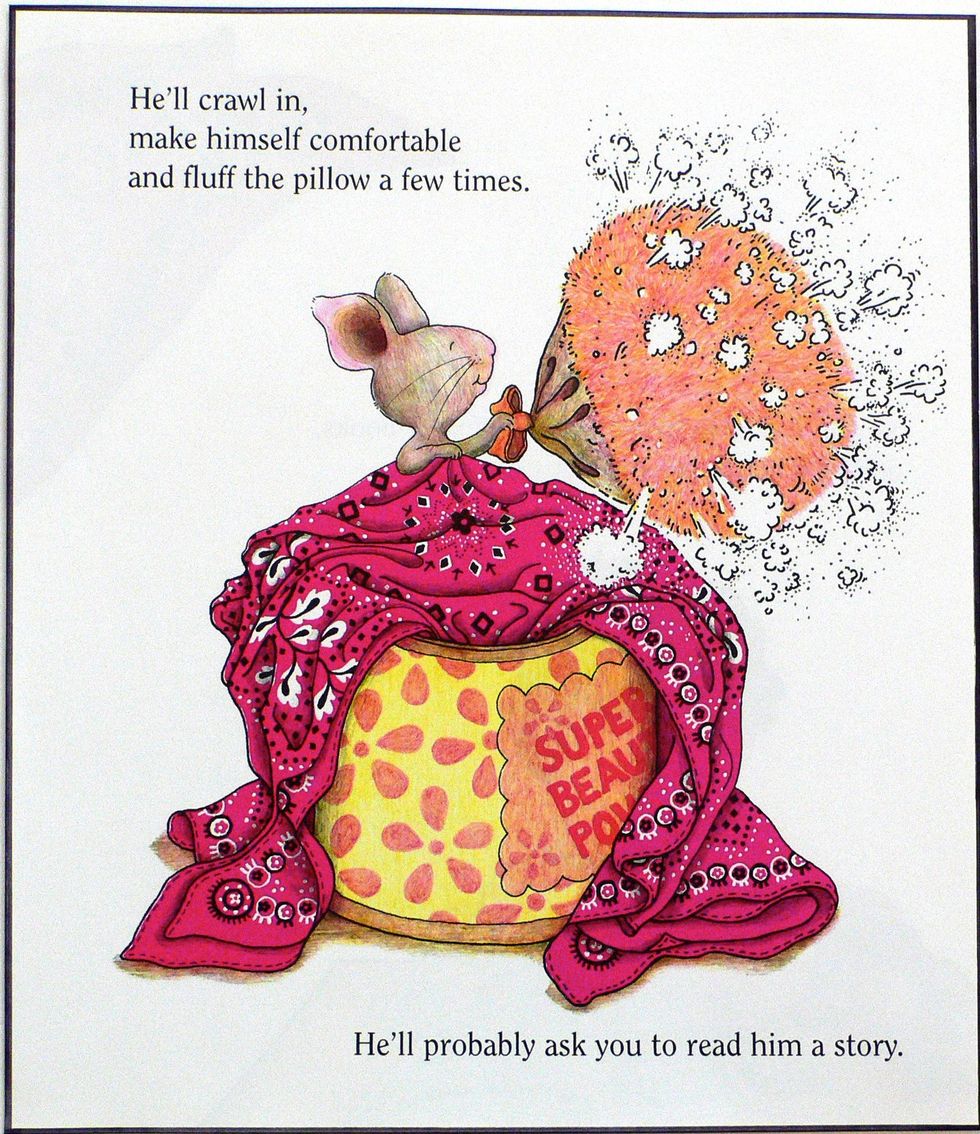On May 3, 2016, theatre fans all around the United States hovered by the nearest live stream available, awaiting the nominees for the various categories of the coveted Tony Awards. As nomination after nomination was called out, one particular and important category was left out of the broadcast: Sound Design
Previously, and notably absent from the 2015 Tony’s, the elimination of the award is nothing new to fans and devotees of the theatre, but is nonetheless still very shocking and upsetting. A special night like the Tony awards is all about celebrating the great achievements of the theatre for that season, not only for performers and directors, but also for the hundreds of others who work tirelessly behind the scenes to create an exhilarating, memorable and captivating experience. Awards for Lighting Designs, Scenic Designs, Costumes and Orchestrations are still prominent in the award lineup. They are all necessary elements for creating the intrinsic moment in a performance when reality is suddenly held at suspension, and no longer are you just a patron to a show, but an unseen spirit, living the moment, taking it in, experiencing it with all of your senses. Both audience and actor, within those all too brief hours, become one.
This moment of escape, this moment of living the show, is created to its full potency through what comes all around, reaching, surrounding, gripping and tingling the senses. We see the bright colors of the costumes and the sets on the stage. We jump at the sharp lightning flash that darts across the dimly lit set. We are convinced that we can smell the gunfire when smoke encircles the man in the worn, medal adorned coat. And as a refugee or survivor of a boat crash washes on-shore, our ears perk up at the sound of gentle waves crashing on the rough sand of a quiet beach; seagulls distantly cawing to one another in the orange sunrise.
Sound provides the final, perfect, finishing touches on the pristinely wrapped gift that is a lovingly performed show. The colors and costumes reflect the mood that is set by the sound of the iconic music of the era. The lightning can only make us jump in our seats if it is matched by the roaring, rumbling thunder that accompanies the swift yellow flash. The scent of gunpowder that our senses are convinced they can smell is only created when we hear the cannon and rifles go off. Sound blends all the elements together, creating the finishing swirls on a masterpiece.
And what of those individuals who spend countless days and nights constructing this audial wonder? Sound designers not only control the cues of when the sound effects are to go off, but they must select the perfect sounds, create them by hand when there are none, control the volume of each individual cue, maintain and have an eye on each mic for every actor and be ready to fix and solve any problem that may arise when the show is in rehearsal, in tech or even with an audience. On top of all of that, they must control the cues and volumes of pre-show, intermission and post show music. Sound design is a necessary, prominent and important job that is essential to any show's run. Yet on the most glamorous night of the theatrical year when the best of the best of theatre are noted and awarded for their work and achievements, the appreciation for sound designers and technicians has been silenced.
So here’s to you, technicians and designers of sound! If the big leagues fail to voice their appreciation, then let us, the devoted patrons of the arts, do the honors! Here’s to the high school sound crew, who work with bright eagerness, and to the young sound chief, who longs to go into sound for her future on the Great White Way. Here’s to the sound designers and technicians in community theaters across the country who are not paid, but merely volunteer their few and precious spare hours. Here’s to the sound designers of regional theaters, who do this for a living. Here’s to the sound mixers, designers, crew, chiefs and technicians who create beautiful art, working with little recognition from the outside world, yet internally, are silently pleased and gratified at the success of their labor.
And finally, here’s to you, the great professional sound technicians, crew, and designers, who have made their dreams a reality on Broadway. Here’s to you: In a season that has brought back classics such as “Fiddler on the Roof,” “Noises Off,” “The Color Purple” and “The Crucible.” In a season that has made history with performances of the all female produced “Waitress,” the obvious “Hamilton” and the historically innovative “Shuffle Along.” In a season that has made theatre not only accessible, but enjoyable to those with hearing disabilities in Deaf West’s “Spring Awakening,” you have made history. You have been an integral part in the ever changing, ever evolving face of theatre. Your long hours of labor, your dedication, your spirit, your tenacity and your undiminished humility when your achievements have been overlooked are to be noted and applauded by every theatre-goer, performer and crew member across the nation.
So, from the bottom of our hearts, thank you for all that you do.



 Photo by
Photo by  Photo by
Photo by  Photo by
Photo by  Photo by
Photo by 















